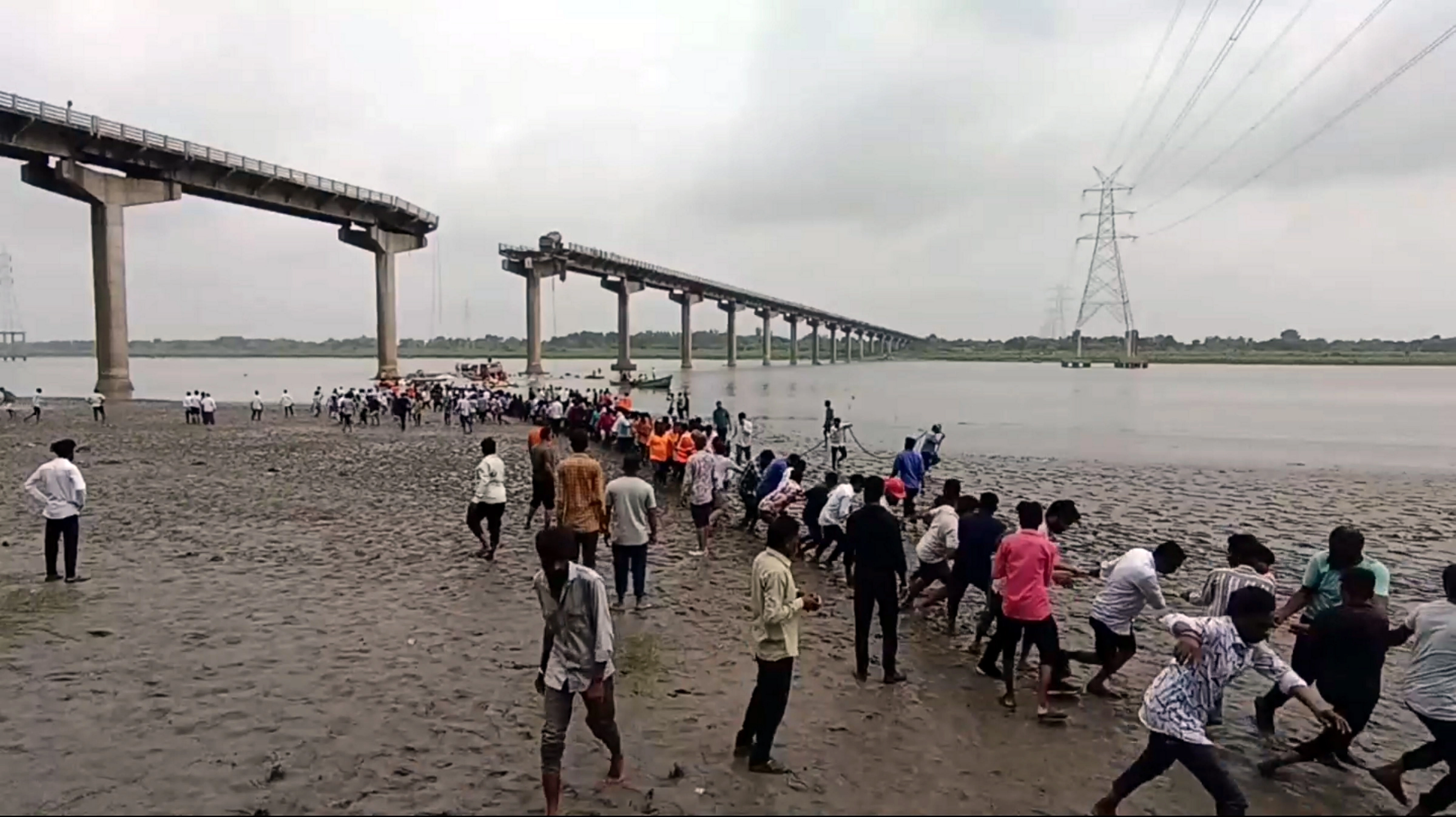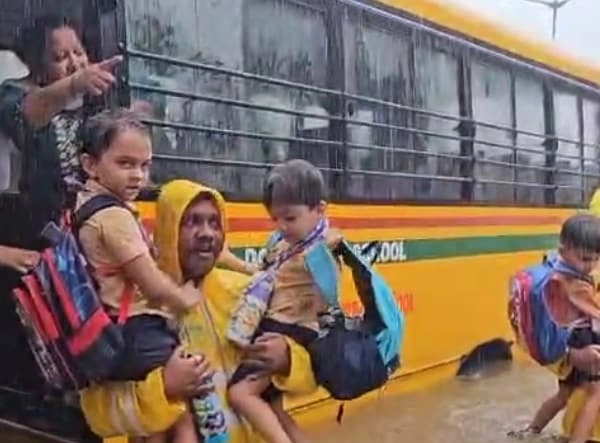Recent intelligence reports indicate that the terrorists involved in the Pahalgam attack had conducted reconnaissance on three other potential sites in Jammu and Kashmir prior to selecting their target. This alarming development suggests a premeditated strategy aimed at maximizing their impact and disrupting peace in the region. The investigation reveals that these individuals meticulously scouted various locations, demonstrating a level of planning that heightens concerns about security in the area. The choice of Pahalgam, a popular tourist destination known for its scenic beauty and tranquility, underscores the attackers’ intention to instill fear not only among locals but also among visitors.
Sources indicate that the terrorists were likely motivated by a desire to draw attention to their cause and to exploit the vulnerabilities within the region’s security framework. The fact that they identified multiple sites indicates a broader operational strategy, potentially aimed at creating chaos and uncertainty. Authorities are now tasked with reassessing security measures in light of this intelligence, as well as enhancing surveillance in tourist hotspots that may be vulnerable to such attacks. This incident serves as a stark reminder of the persistent threats faced by Jammu and Kashmir, a region already marred by decades of conflict.
In response to the attack, local law enforcement and military agencies are coordinating efforts to reinforce security protocols and to conduct thorough investigations. The focus will not only be on apprehending the perpetrators but also on understanding the logistics and networks that enabled such a premeditated assault. The scrutiny on the terrorists’ prior scouting activities may also yield crucial insights into their operational capabilities and intentions. Community vigilance and cooperation with security forces will be essential in mitigating future threats and ensuring the safety of both residents and tourists alike.
As Jammu and Kashmir continues to navigate the complexities of its socio-political landscape, this incident serves as a reminder of the ongoing challenges posed by militancy. The need for robust counter-terrorism strategies and community engagement has never been more critical. The resilience of the people, coupled with effective security measures, will be key to restoring a sense of normalcy and safety in the region.




